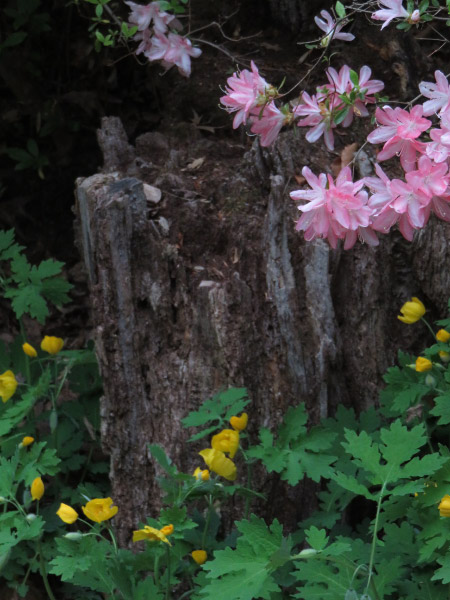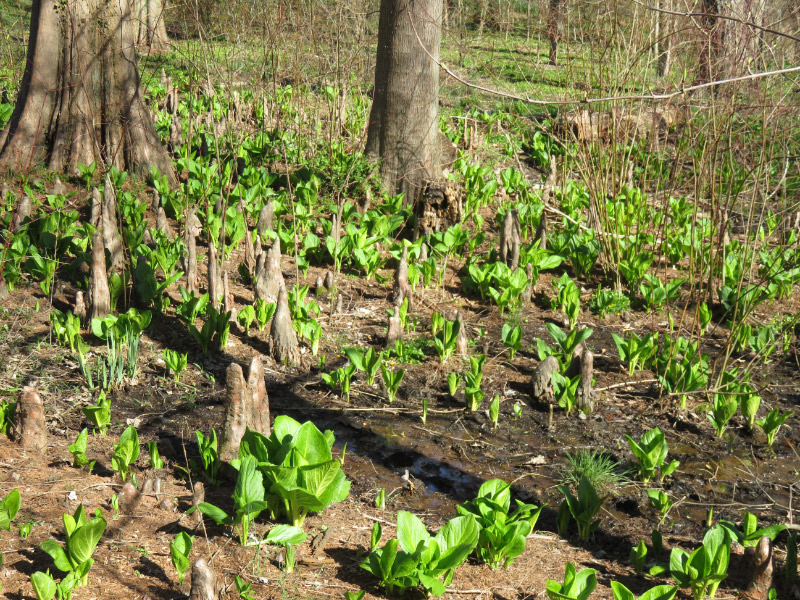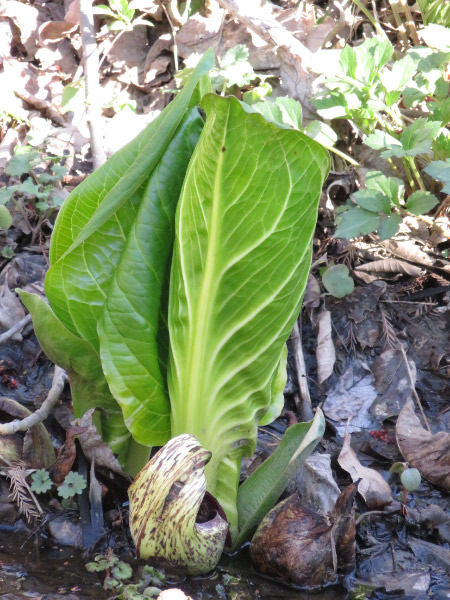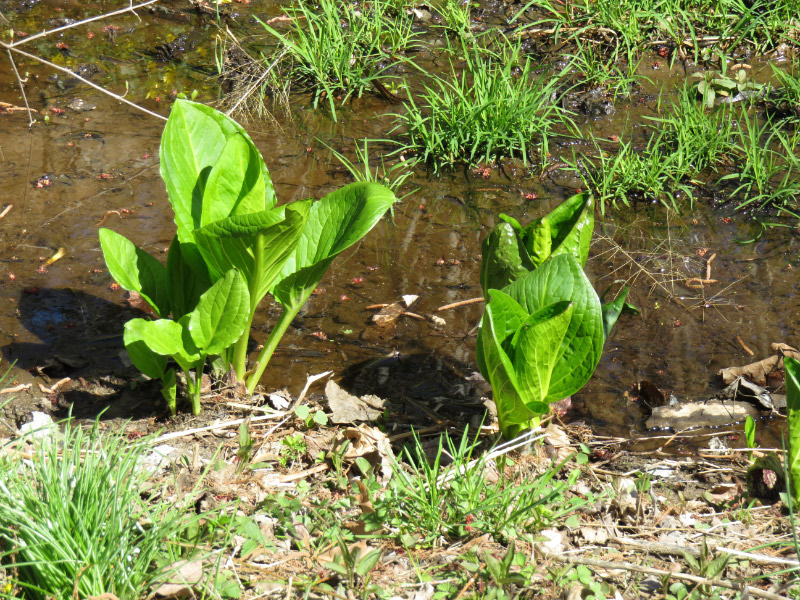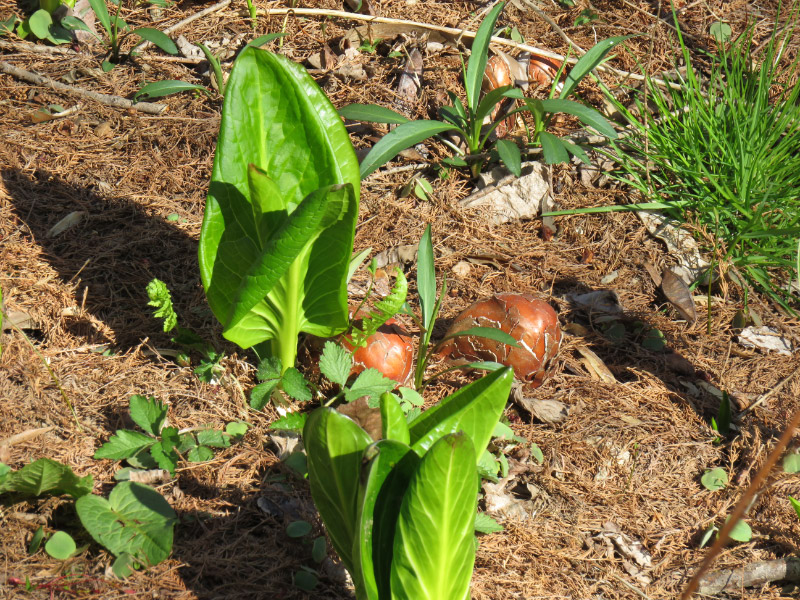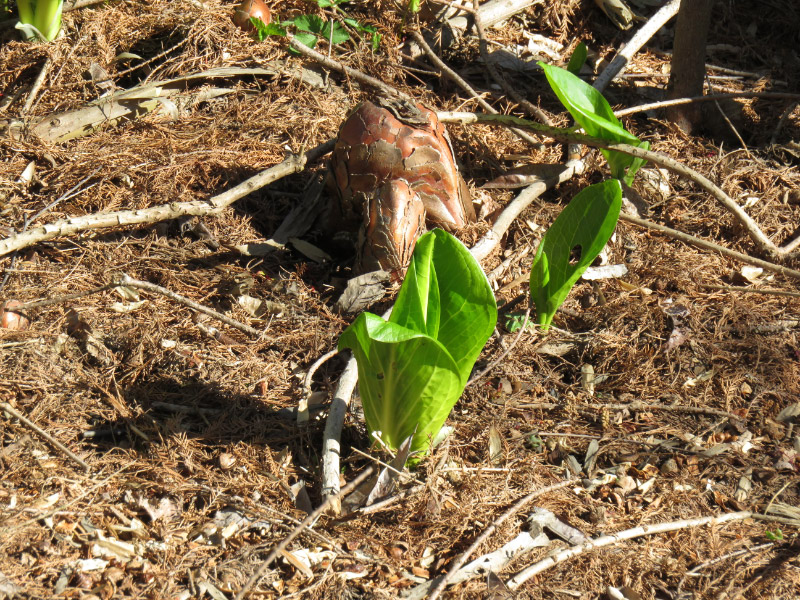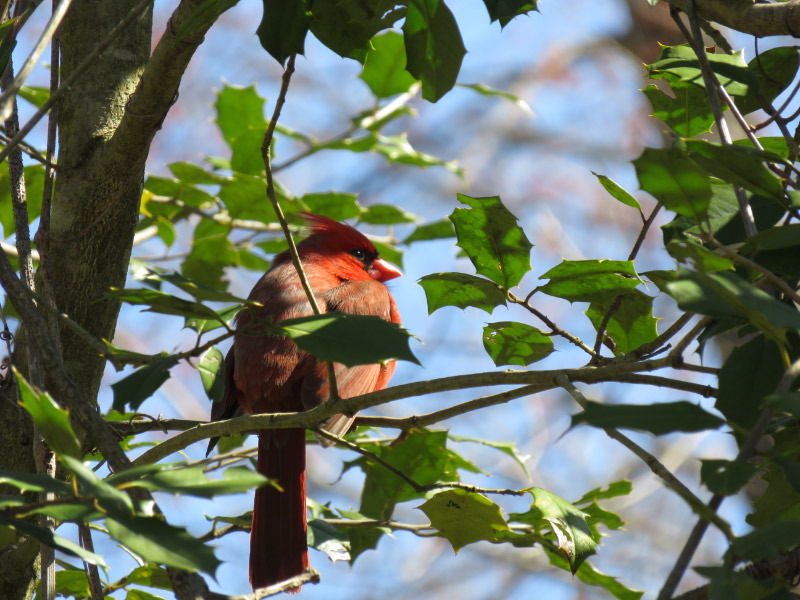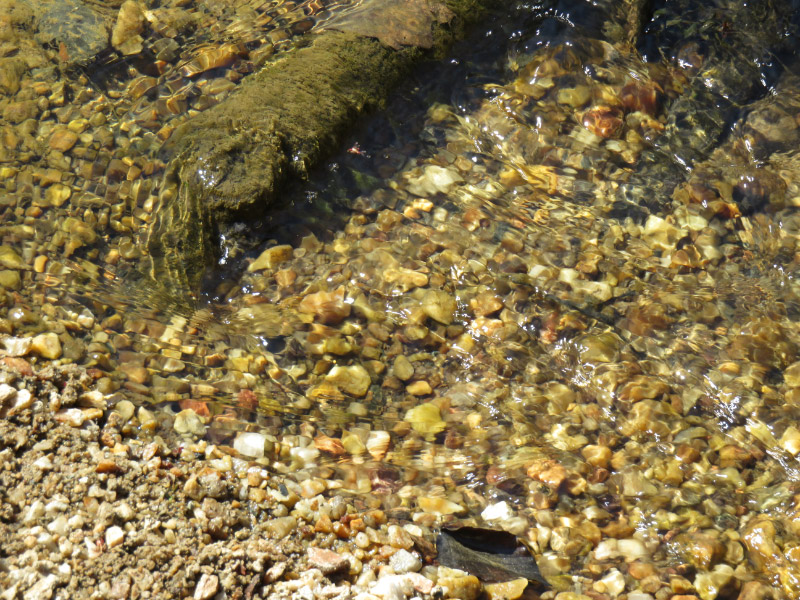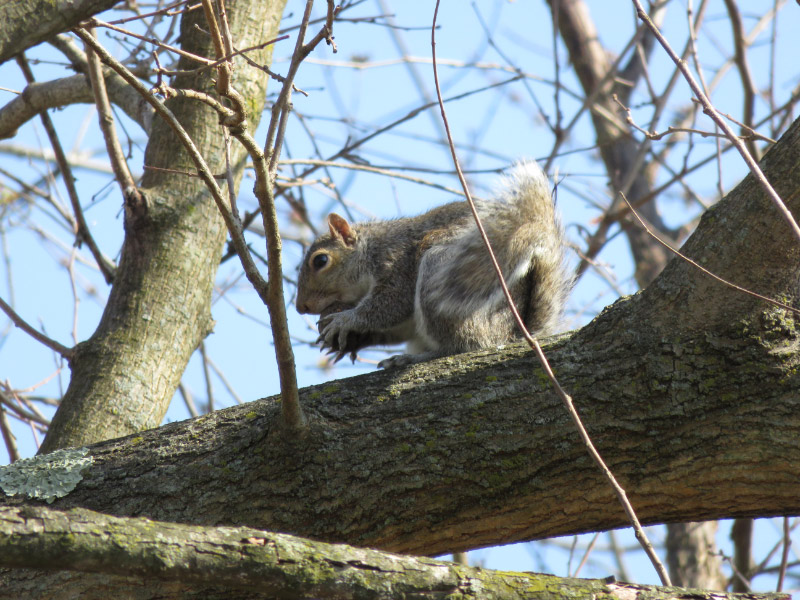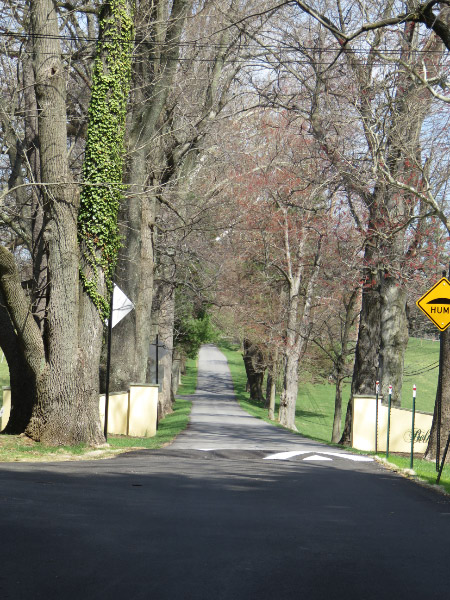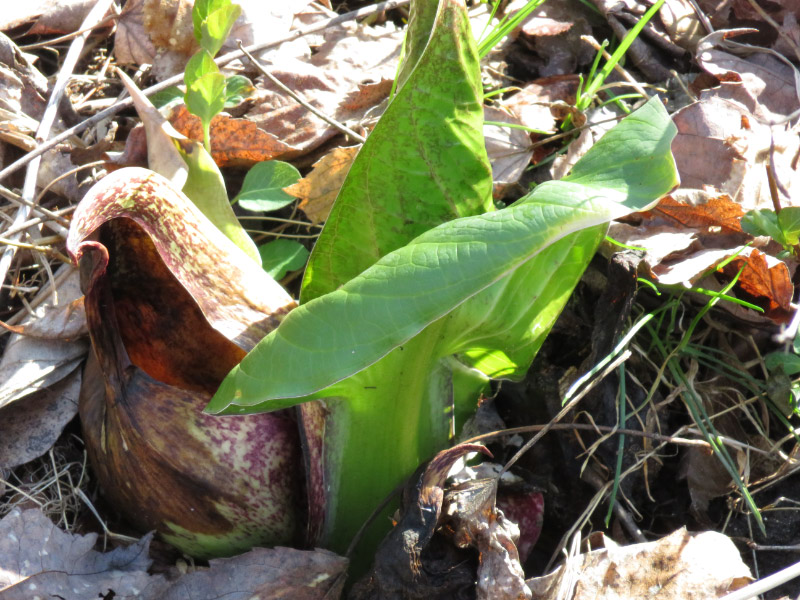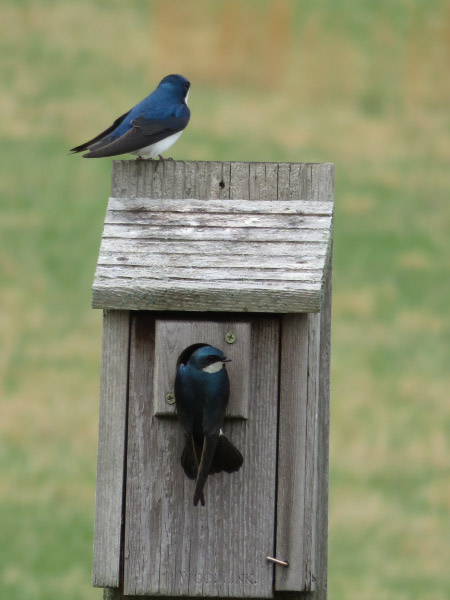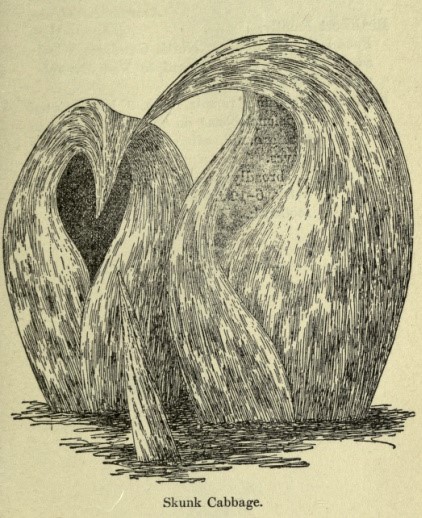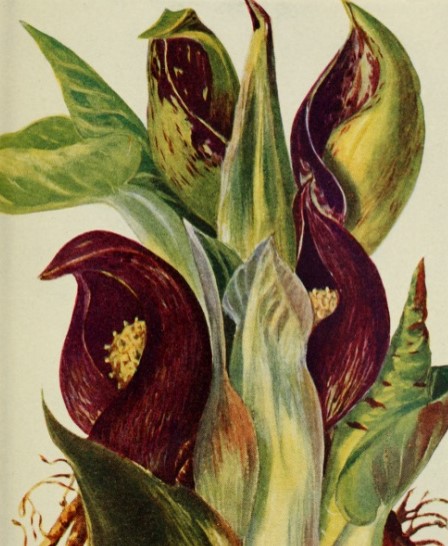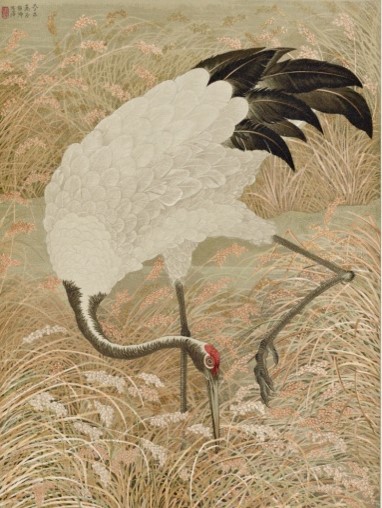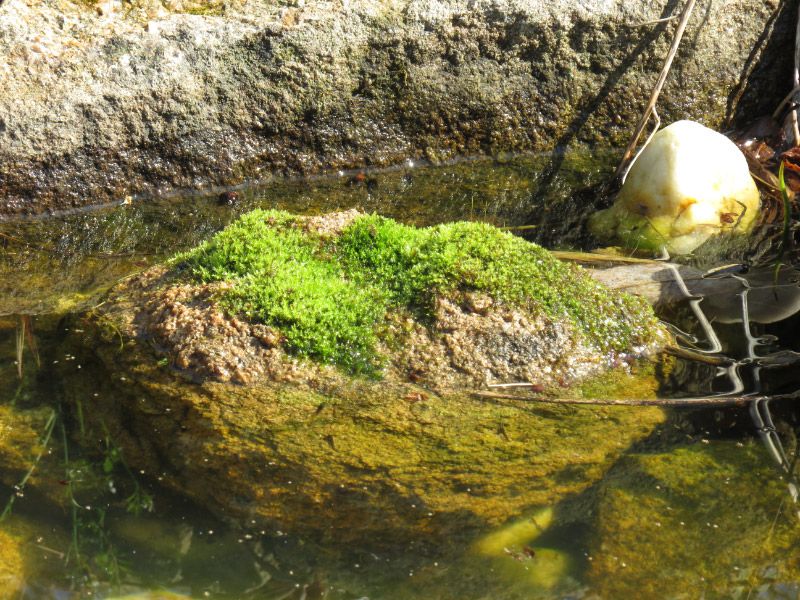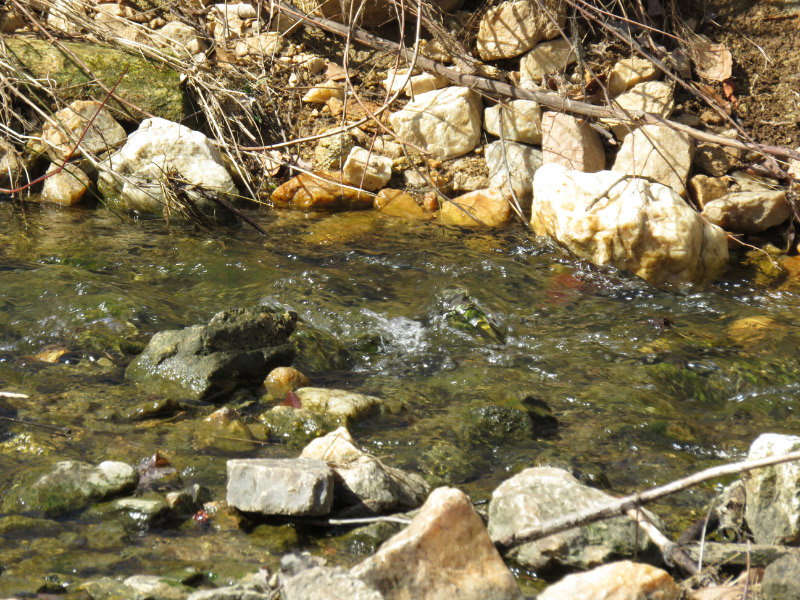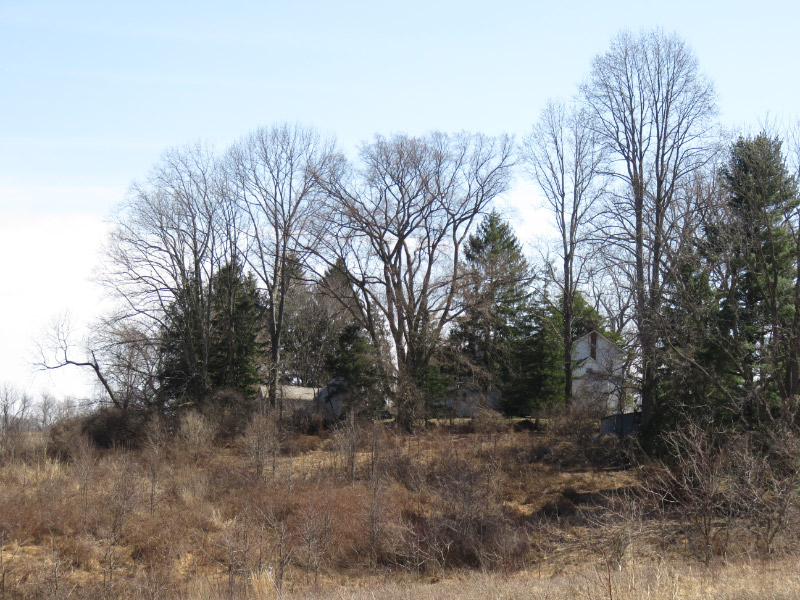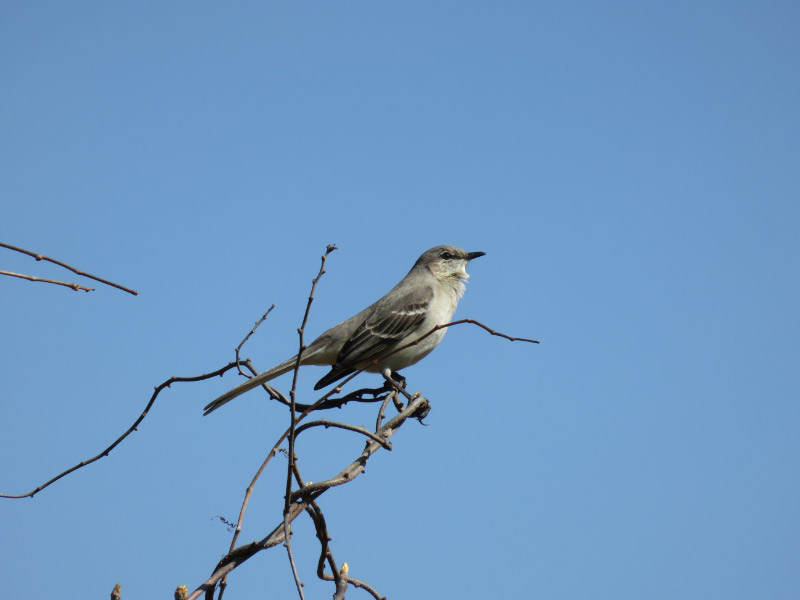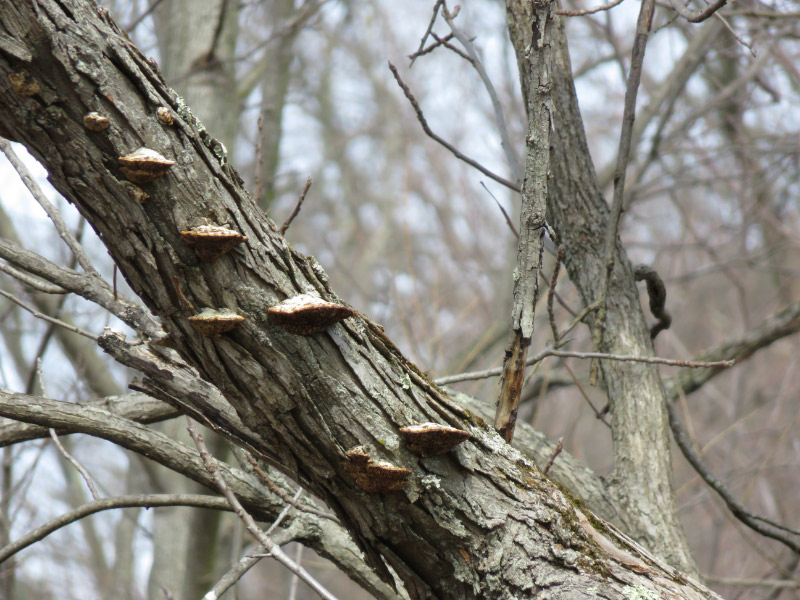Intimate Landscapes - April 2016
/I skipped February and March for an intimate landscapes post (after Eliot Porter’s Intimate Landscapes book available online here) but am starting them again this month.
In the roots and moss on a path in Centennial Park – I saw a parallel to crossroads on a map or visualized a decision at the fork of a road that has been taken by others but not enough to wear away the moss.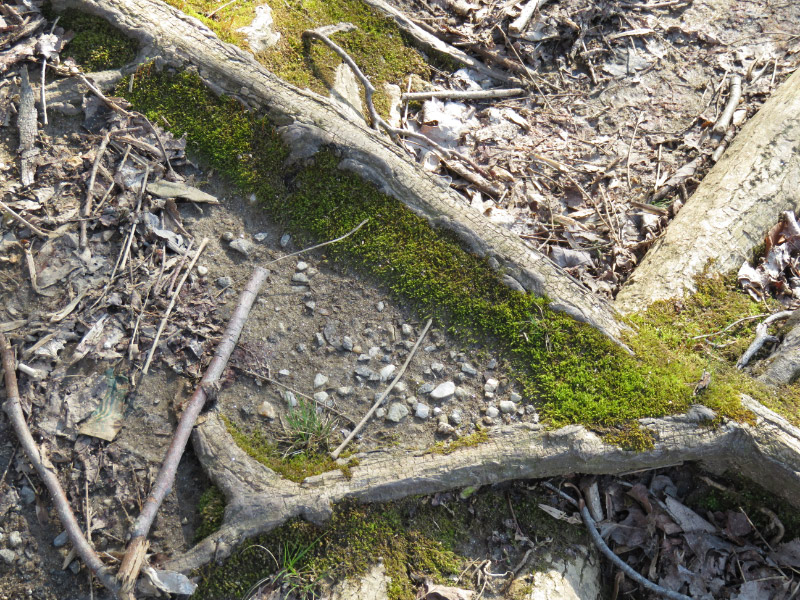
Low growth thrives at the base of a tree and surrounds a stump. A Jack-in-the-Pulpit is blooming there too.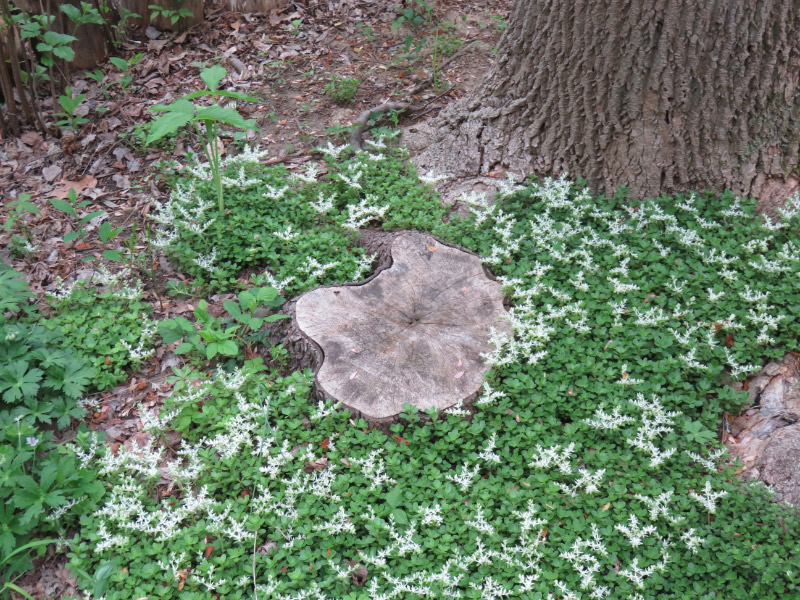
The skunk cabbage surrounds the trees along a now hidden stream and the ferns are filling in the remaining spaces under the trees.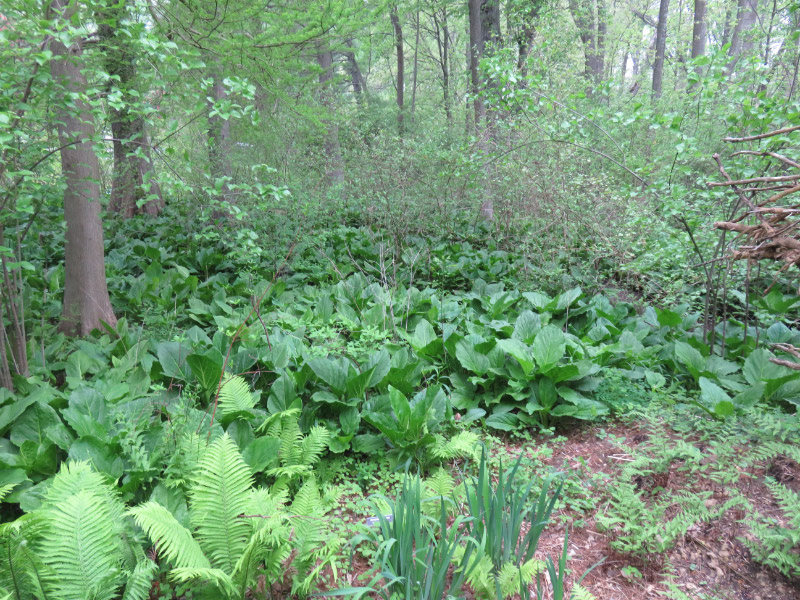
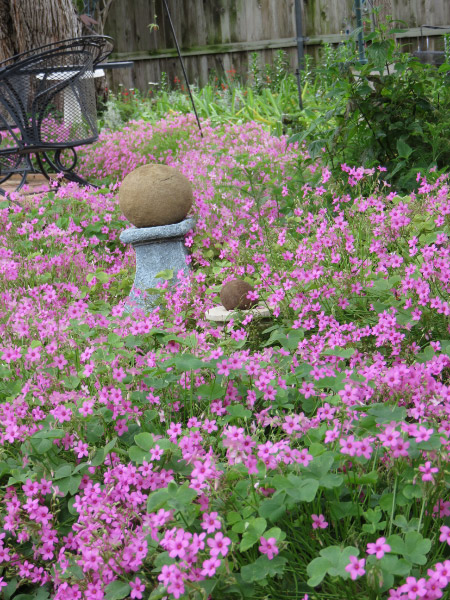 The thick oxalis almost overwhelms the cairns when the sun is shining (the plant’s flowers close up at night and cloudy days). Other plants cover other items with their foliage. The lighter green in the background will be pink lilies later in the summer.
The thick oxalis almost overwhelms the cairns when the sun is shining (the plant’s flowers close up at night and cloudy days). Other plants cover other items with their foliage. The lighter green in the background will be pink lilies later in the summer.
Here an old stump provides a dark backdrop to the pink and yellow of spring flowers.